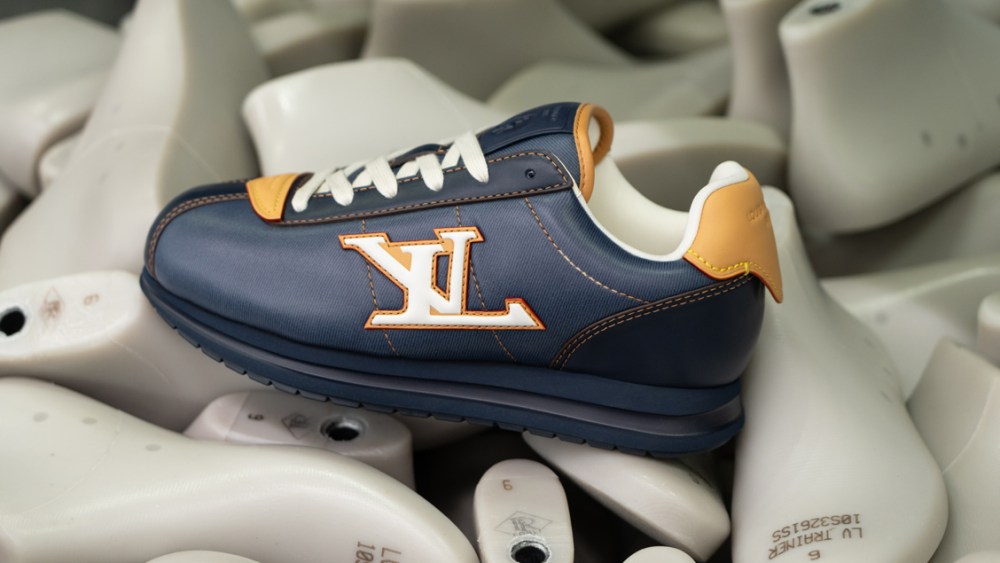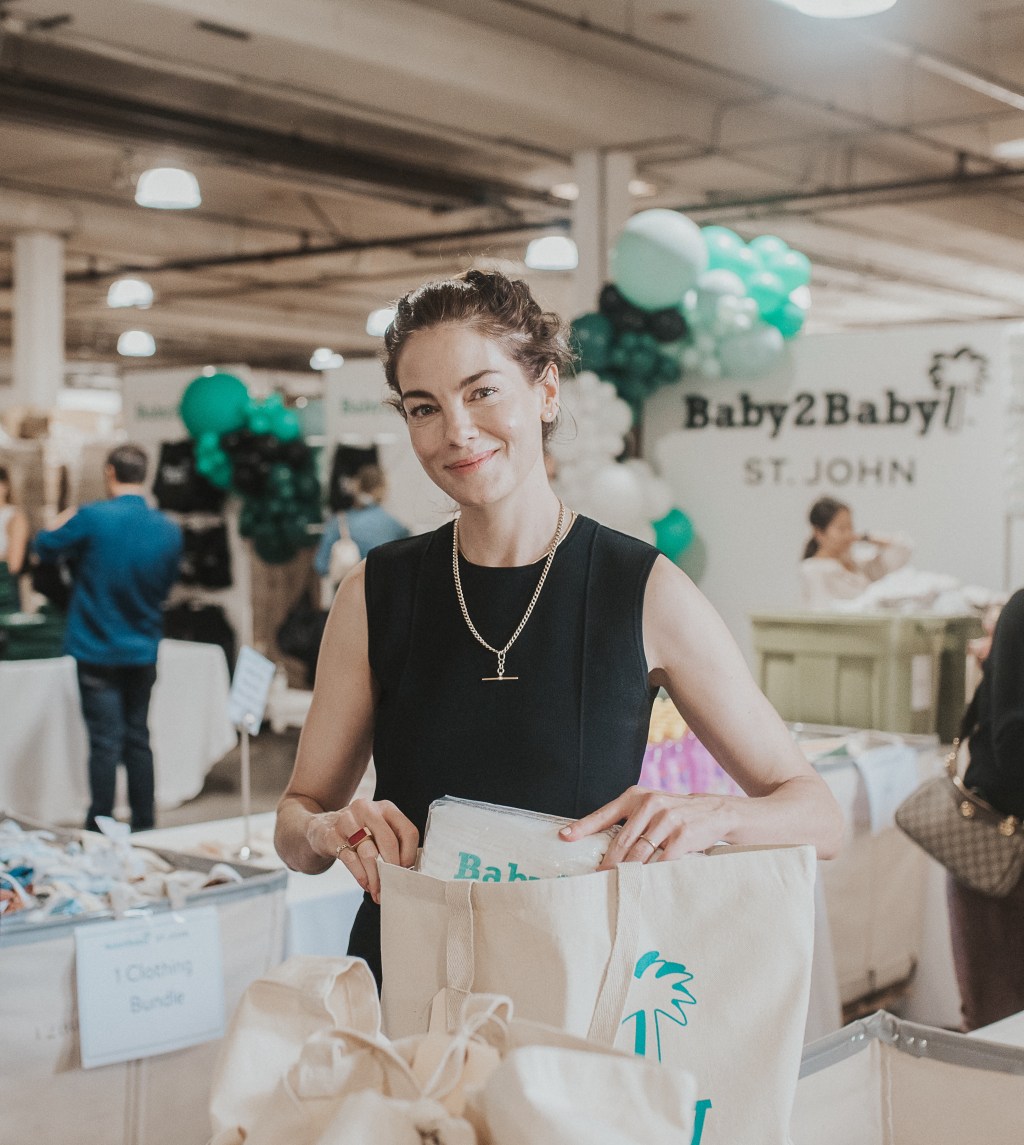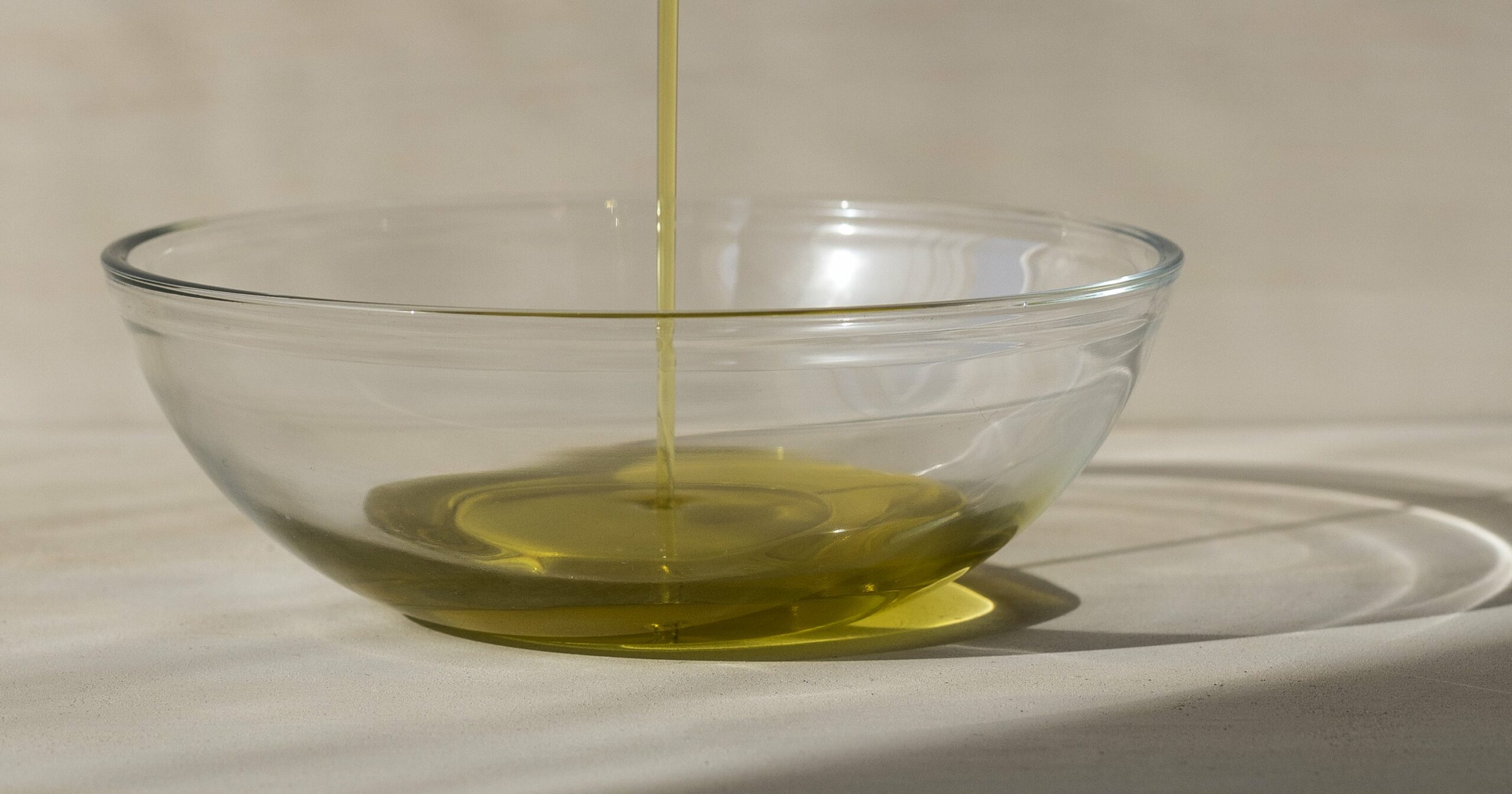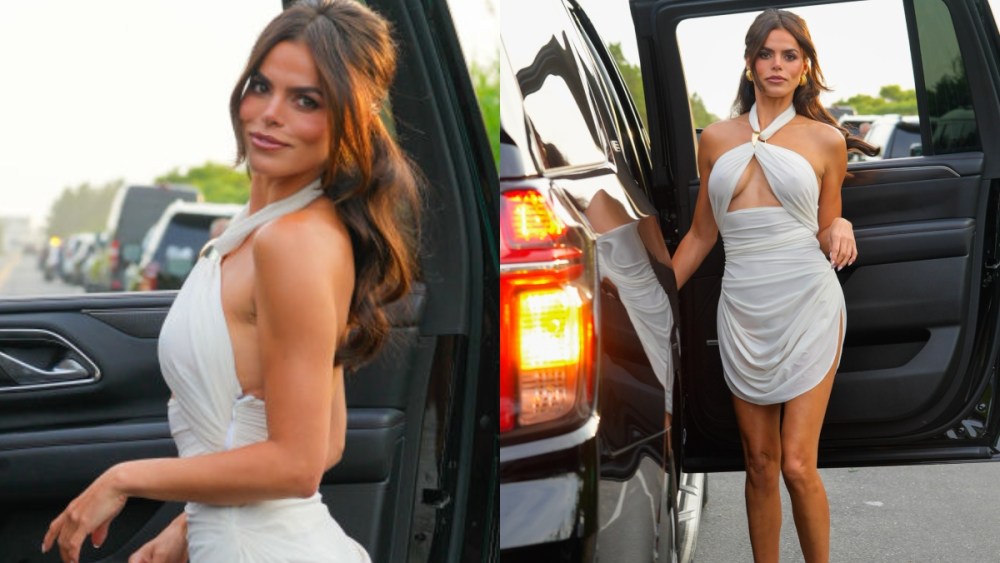Two years into his tenure as creative director of menswear at Louis Vuitton, Pharrell Williams hopes to stoke sneakerheads with his latest launch, the LV Buttersoft, a retro-flavored design that taps into his long-standing affinity for skate culture.
But while the style courts cultural relevance with a high-profile campaign starring British actor and Vuitton ambassador Callum Turner, its conception and production are rooted in a shoemaking tradition dating back to the 13th century.
To get an inside look at the intricate process, FN spent a day last month at the Manufacture de Souliers Louis Vuitton in Fiesso d’Artico, Italy, a 40-minute drive from Venice. The area has been a hub for luxury shoemaking since the Middle Ages, when the guild representing shoemakers, or calegheri in the local dialect, was first recognized by the Venetian Republic.
You May Also Like
The 150,000-square-foot Vuitton factory, which opened in 2008, is the largest in the Riviera del Brenta territory, employing 500 people, of which more than half are artisans.
In a reception room where glass cases display 100-year-old shoe designs, including a spectacular pair of bulky leather boots from Korea, Williams’ face beams down from a television screen. An internal video features the music star sharing the genesis of the Buttersoft, introduced on the fall 2025 runway, and touting its superior comfort.
The manufacturing site, designed by architect Jean-Marc Sandrolini, is laid out around a grassy inner courtyard where artworks on display include “Priscilla,” Joana Vasconcelos’ 15-foot-high sculpture of a stiletto made of 600 stainless-steel saucepans.

This is where Williams and his team, including Thibo Denis, design director for men’s ready-to-wear, shoes and accessories, develop collections from prototype through to finished product.
Production is spread out across four workshops, of which two are dedicated to sneakers, employing a combined 95 artisans. More than 250 operations go into making a pair of shoes, from cutting and stitching to assembly and finishing, justifying the price tag of the Buttersoft, which retails from $1,150 to $1,340.
The style, Williams’ first truly original sneaker design for Vuitton, landed in stores on July 10 and is seen by industry observers as a potential successor to the highly successful LV Trainer introduced by his predecessor, the late Virgil Abloh. The Buttersoft is available in 24 variations, with a second drop due on Aug. 7.
While it’s clearly an important project for Williams, it’s also the first major launch for Denis since joining Vuitton in October after seven years as head of footwear at Dior. The designer worked under Kim Jones, former artistic director of men’s collections, on high-profile releases, including the highly coveted Air Jordan 1 High OG Dior.
The style is right up the alley of this sneaker guru, whose designs regularly draw inspiration from 1990s skate shoes.

Williams, a key figure in streetwear since the early 2000s, also has a strong track record in footwear, of course. He teamed up with Japanese designer Nigo to launch the Billionaire Boys Club and Icecream labels. And his collaboration with Adidas, especially the Hu NMD line, was a major success in the 2010s, while the one-off sneaker he created with Chanel and Adidas Originals in 2017 generated a waitlist of 120,000 people for 500 pairs, with resale prices commonly exceeding $10,000.
Now Vuitton hopes to strike gold again with the Buttersoft, whose clean lines and chunky volume are rooted in the “Happy” hitmaker’s appreciation for the New York hip-hop scene of the ’70s and ’80s. Think Run-DMC in their Adidas three-stripe tracksuits and Superstar sneakers with the tongue pulled out — though the Buttersoft has also drawn comparisons to Nike’s Cortez.
“He wanted this feeling of a simple, pared-back, nostalgic sneaker and this idea of almost cushion-like softness. That was the initial brief,” Denis told FN.
Given the name of the sneaker, selecting the right leather was the first challenge. The team settled on a slightly thicker-than-usual napa leather that combined the smoothness of lambskin with the strength, suppleness and elasticity required for a sneaker.
“I’ve been doing this job for a long time, and this was one of the longest searches I’ve ever undertaken involving several tanneries. It was also important for the leather to dye well, because certain types of leather work well with light colors, but less well with dark ones,” Denis recalled.
Williams initially developed 50 colorways, in a nod to his 2015 Adidas Superstar Supercolor collection, before whittling it down to the final 24.
In the factory’s Speedy workshop, Katia, a shoemaker with five decades of experience, glued thick layers of foam onto a beige leather upper, and painted the edges of the natural calf leather LV logo that she affixed to the side — a detail directly inspired by the brand’s leather goods.

“We try to include these codes on the footwear so that it’s identifiable as a Vuitton product, without necessarily using the monogram,” said Denis.
The fact that Vuitton only launched rtw in the late ’90s means there is a lot of leeway for the design team to put its spin on house codes, he said, noting that among the styles coming next season is the Tilted, which features identical left and right sole outlines. “There is no limit,” Denis said.
A key step in developing any shoe is creating the last. In the prototype office at the factory, rows of shelves display a library of forms that are carved out of hornbeam wood, before being digitalized and reproduced in recycled plastic for production purposes.
“For this particular pair, there were five rounds of back-and-forth. It’s a little above average, but we like to say that the last comes first,” Denis said.
“Here, we wanted something quite short, quite round, and almost covering the sole. It’s a complex equation, because at the same time as you make the last for the upper, you need to have an idea of the mathematics of your sole,” he added.
The slimline sole was made of EVA for lightness, combined with TPU for grip. The plush shoe can be worn loosely laced to show off the tongue, which features a tag embossed with Williams’ profile, or tighter for a more streamlined silhouette. “It really gives you the feeling of wrapping your foot in a pillow,” Denis remarked.
While the Buttersoft was initially developed to be worn with Williams’ signature flared trousers, Denis recently returned from Japan, where he saw it styled with Levi’s 501s, or in the case of women, with a long dress, trucker jacket and Vuitton’s cross-body Danube bag.
The designer, who has 116,000 followers on Instagram, uses the social platform as a litmus test for his launches. “You can see the way our products live in real life,” he noted. “It gives me ideas for how we can push it even further in terms of attribution, in terms of customization.”
The back of the shoe is discreetly embossed with a tiny emblem that will change every season — a detail borrowed from Williams’ Speedy bag designs. For the first batch, it’s a lobster, while for spring 2026, it will be a frog.
Excitement is building around the shoe, which has been adopted by celebrities, including British rapper Central Cee.
But the most effective frontman for the shoe remains Williams himself, who teased a prototype in mid-January on Skateboard, his behind-the-scenes Instagram account. Who knows? In 100 years, you might even find a pair in the factory museum.



